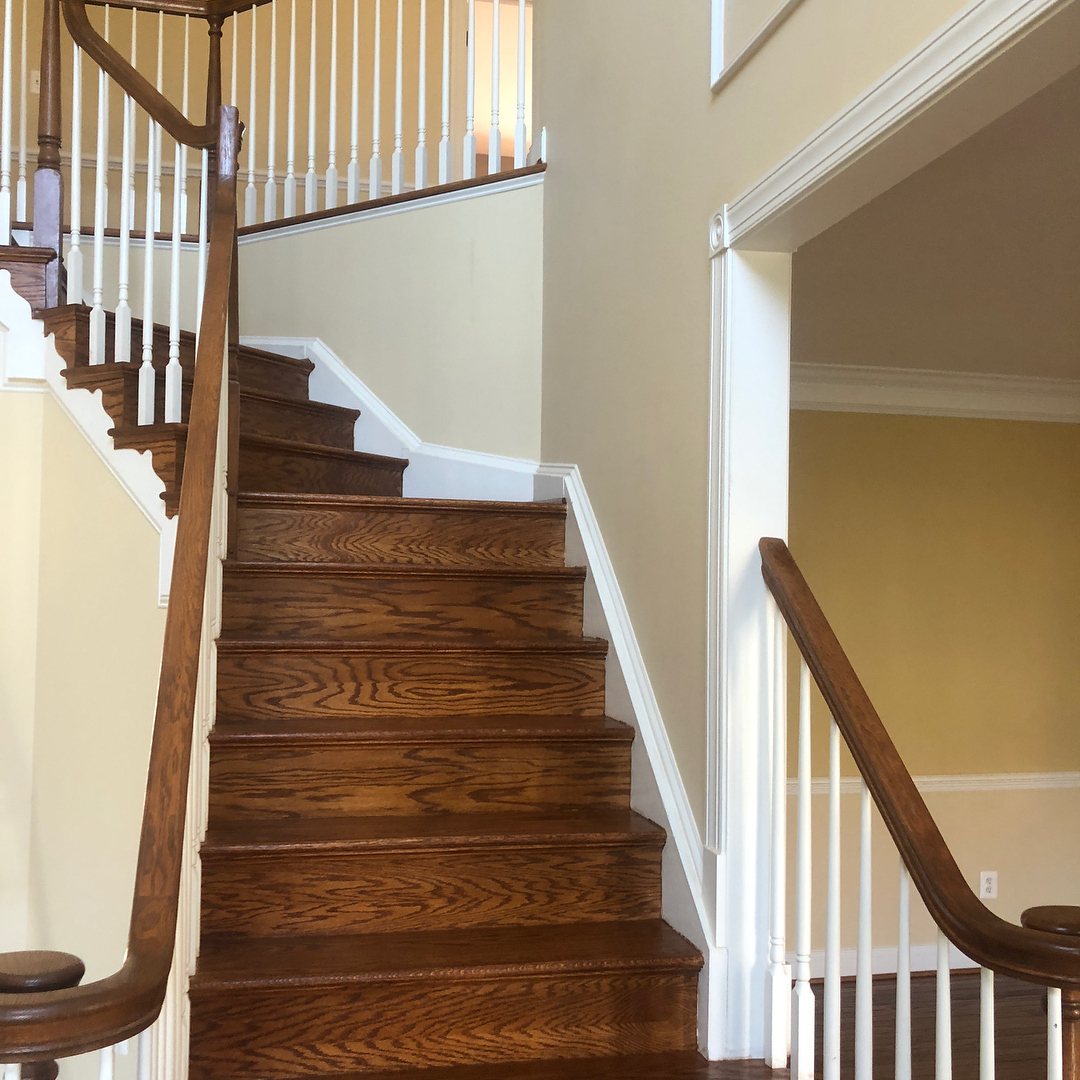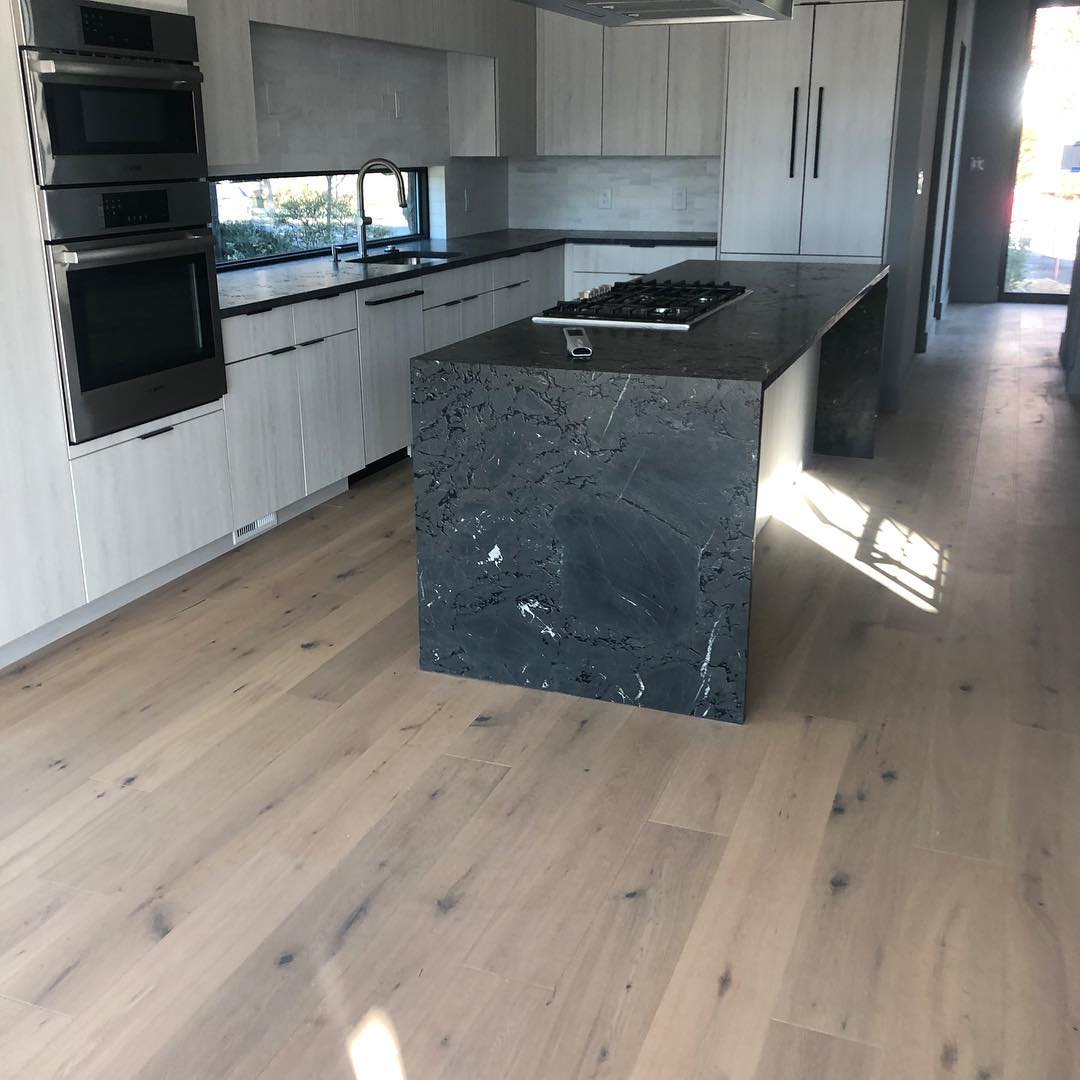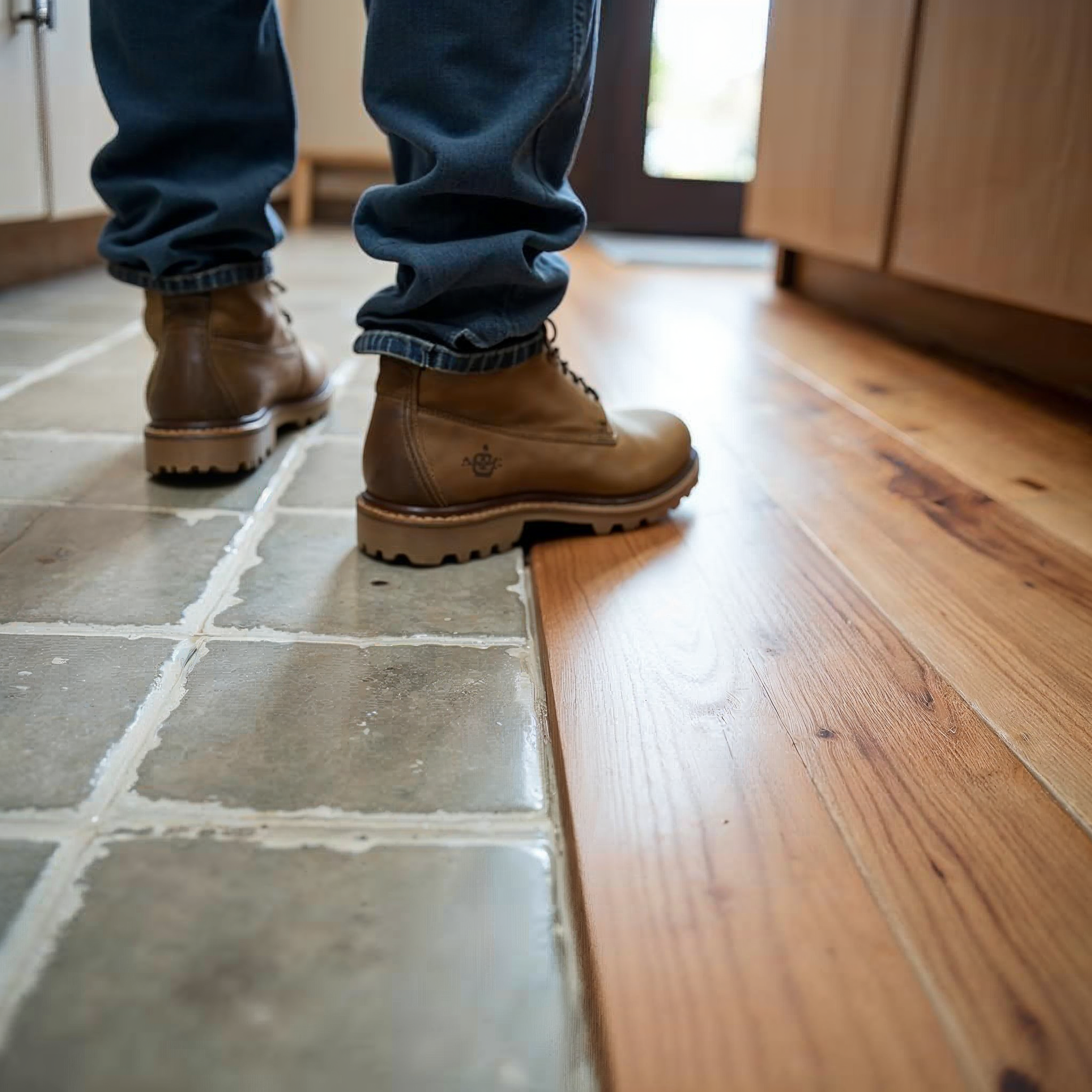The Ultimate Guide to Choosing Carpet for Your Home
Carpet Selection Made Easy: A Step-by-Step Guide for Your Home
Choosing the right carpet for your home can transform your living space into a cozy and comfortable haven. With so many flooring types available, selecting the perfect home carpeting can seem overwhelming. This guide will walk you through the essential aspects of carpet selection, from understanding the different materials to considering factors like durability and style. As you embark on your home renovation journey, you’ll gain valuable insights into making the best choice for your lifestyle and budget. Get ready to explore the world of carpets and find the ideal fit for your home.
Understanding Carpet Selection
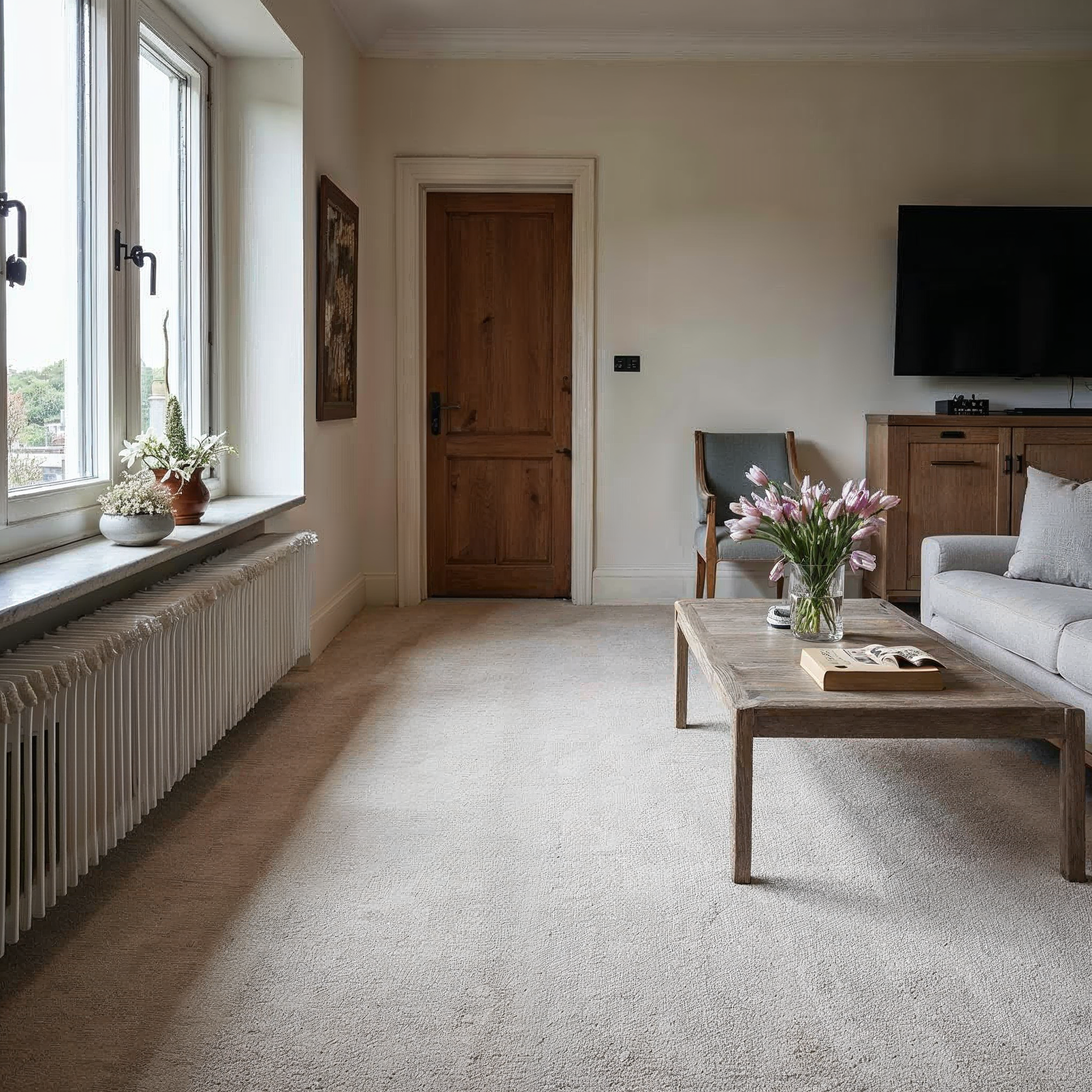
Selecting the right carpet is a crucial step in creating a comfortable and stylish home. This section will guide you through the importance of carpet selection, the benefits of home carpeting, and explain common flooring types to help you make an informed decision.
Importance of Carpet Selection
Choosing the right carpet for your home is more than just picking a color you like. It’s about finding a balance between style, comfort, and practicality.
The carpet you select can significantly impact the overall atmosphere a room, affecting everything from acoustics to temperature control. It’s an investment that can last for years, so it’s important to choose wisely.
Consider factors such as foot traffic, sunlight exposure, and the room’s purpose when making your selection. A thoughtful choice can enhance your living space and provide long-lasting satisfaction.
Benefits of Home Carpeting
Carpeting offers numerous advantages for homeowners, making it a popular flooring option.
One of the main benefits is comfort. Carpet provides a soft, warm surface underfoot, which is especially pleasant in bedrooms and living areas. It also acts as an insulator, helping to keep your home warm in winter and cool in summer.
From a safety perspective, carpet can reduce the risk of slips and falls, making it a good choice for homes with young children or elderly residents. It also absorbs sound, creating a quieter, more peaceful environment.
Common Flooring Types Explained
When considering carpet, carpeting, it’s helpful to understand how it compares to other flooring types.
Hardwood flooring is known for its durability and classic appeal. It’s easy to clean but can be noisy and cold underfoot. Laminate flooring offers a similar look to hardwood at a lower cost, but it doesn’t have the same longevity.
Tile is another popular option, particularly for kitchens and bathrooms. It’s water-resistant and easy to clean, but can be cold and hard on the feet. Vinyl flooring is versatile and budget may not have the same aesthetic appeal as other options.
Carpet, in comparison, offers warmth, comfort, and noise reduction, making it ideal for bedrooms and living areas.
Assessing Your Space
Before diving into carpet styles and materials, it’s essential to assess your space. your home’s needs. This section will help you consider room functionality, measure for installation, and factor in traffic patterns to make the best carpet selection for your space.
Room Functionality and Carpet Choice
The function of a room plays a key role in determining the most suitable carpet type.
For high-traffic areas like living rooms or hallways, consider durable, stain-resistant carpets that can withstand frequent use. Loop benefit from low-pile carpets that are easier to clean and maintain.
Bedrooms, on the other hand, can accommodate softer, plusher carpets as they see less foot traffic. A higher pile carpet can add comfort and warmth to these more private spaces.
Home offices or playrooms may require carpets need carpets that are easy to clean and resistant to wear and tear. Consider carpet tiles in these areas, as they allow for easy replacement of individual sections if needed.
Measuring for Carpet Installation
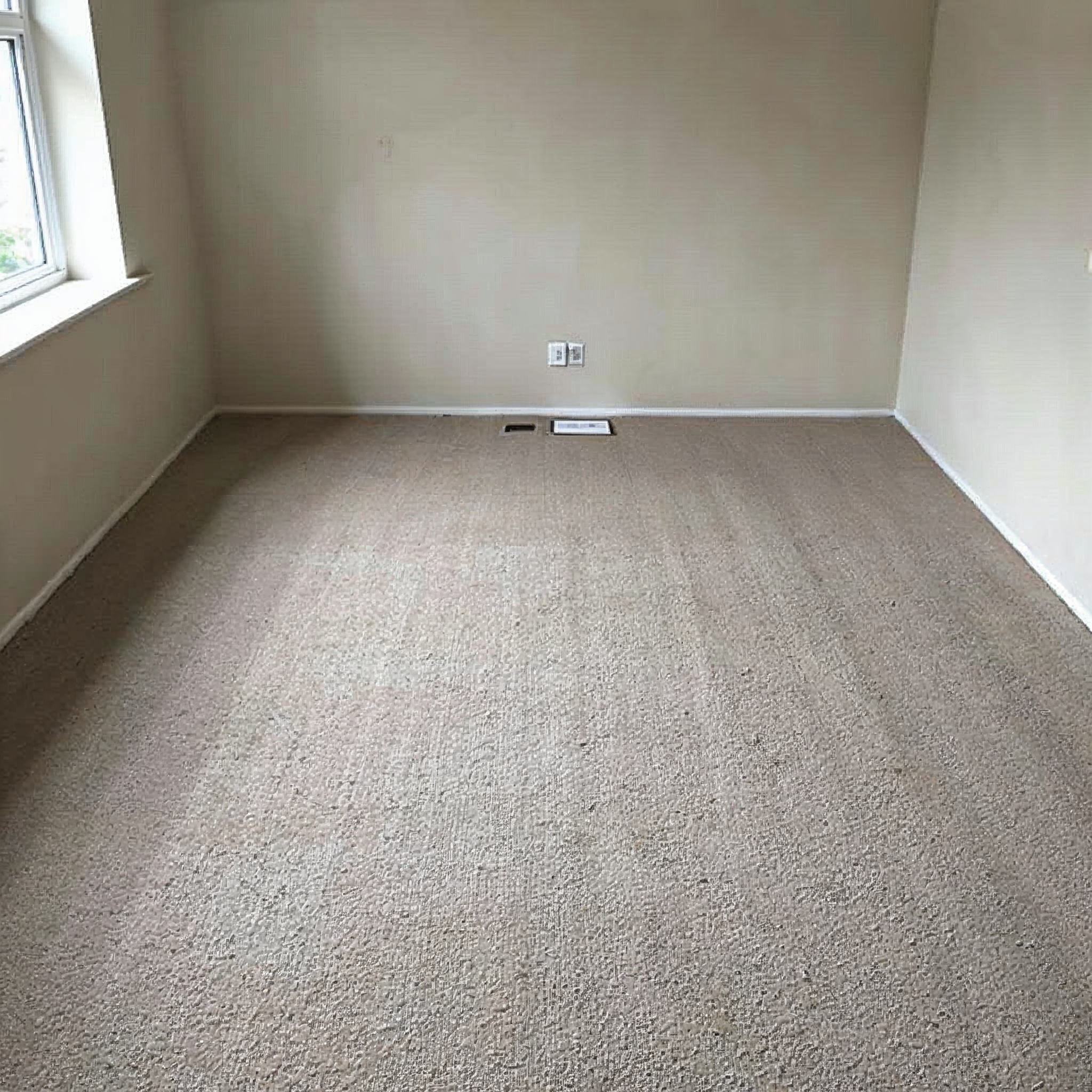
Accurate measurements are crucial for a smooth carpet installation process and to avoid unnecessary expenses.
Start by measuring the length and width of each room, including closets and alcoves. Multiply these measurements to get the square footage. It’s advisable to add about 10% to your total to account for waste and pattern matching.
For irregularly shaped rooms, divide the space into rectangles, measure each separately, and add the results together. Don’t forget to measure doorways and stairs if you’re carpeting these areas too.
If you’re unsure about your measurements, many retailers offer professional measuring services to ensure accuracy.
Considering Traffic and Wear
Understanding the traffic patterns in your home is vital when selecting carpet that will stand the test of time.
High-traffic areas like entryways, stairs, and hallways need durable, dense carpets that can withstand constant use. Look for low tight twist and low pile height for these spaces.
For moderate-traffic areas such as living rooms, consider a balance between durability and comfort. Medium-pile carpets with a good density can work well here.
Low-traffic areas like bedrooms allow for more flexibility. Here, you can opt for softer, higher pile carpets that provide maximum comfort underfoot.
Exploring Carpet Types
Now that you’ve assessed your space, it’s time to delve into the world of carpet types. This section will introduce you to popular carpet styles, materials and textures, and guide you through color and pattern choices to help you find the perfect carpet for your home.
Popular Carpet Styles
Carpet styles vary widely, each offering unique benefits and aesthetic appeal.
Cut pile carpets are among the most popular. They feature yarn tips that are cut, creating a soft, lux. Saxony, a type of cut pile, has a smooth, luxurious finish ideal for formal settings. Frieze, another cut pile variety, has a more casual, textured look that’s great at hiding footprints.
Loop pile carpets, where the yarn loops are left intact, are known for their durability. Berber, a type of loop pile carpet, is particularly resistant to crushing and matting, making it suitable for high-traffic areas.
Cut and loop carpets combine both styles, creating interesting patterns and textures. These can add visual interest to a room while still providing comfort and durability.
Materials and Textures
The material and texture of your carpet significantly impact its look, feel, and performance.
Nylon is a popular synthetic fiber known for its durability and resistance to wear. It’s ideal for high-traffic areas and homes with children or pets.. Polyester offers softness and stain resistance but may not be as durable as nylon.
Wool, a natural fiber, is luxurious and durable but can be more to be more expensive. It’s naturally stain-resistant and fire-retardant, making it a premium choice for those with the budget.
Texture plays a role in both aesthetics and pracplush textures feel soft underfoot but may show footprints, while textured carpets are better at hiding marks.
Color and Pattern Choices
Selecting the right color and pattern for your carpet can tie a room together and impact its perceived size.
Light colors can make a room feel larger and brighter, while darker hues can create a cozy, intimate atmosphere. Neutral tones are versatile and timeless, working well with various decor styles.
Patterns can add visual interest to a space. Subtle patterns can create texture without overwhelming the room, while bold patterns can serve as a focal point. Consider the size of the room when choosing patterns; larger patterns work better in spacious areas.
Remember that carpet color can affect maintenance too. Medium shades and multi-toned carpets are better at hiding dirt and stains than very light or dark solid colors.
Budgeting and Shopping Tips
With a clear understanding of your carpet needs, it’s time to consider the financial aspect of your purchase. This section will guide you through setting a budget, finding reputable retailers, and evaluating carpet quality to ensure you get the best value for your investment.
Setting a Carpet Budget
Establishing a realistic budget is a crucial step in the carpet selection process.
Carpet prices can vary widely, from budget-friendly options to high-end luxury carpets. Consider not just the cost per square foot of the carpet, but also expenses for padding, installation, and removal of old flooring.
Factor in the expected lifespan of the carpet. While a more expensive carpet might seem costly upfront, it could be more cost-effective in the long run if it lasts longer and requires less maintenance.
Don’t forget to set aside a contingency fund for unexpected expenses. This can help cover any surprises that might come up during the installation process.
Finding Reputable Retailers
Choosing the right retailer is as important as selecting the right carpet.
Start by researching local carpet stores and home improvement centers. Look for retailers with a good reputation and positive customer reviews. Ask friends and family for recommendations based on their experiences.
Many multiple stores to compare prices, selection, and service Many retailers offer free in-home consultations, which can be helpful in seeing how different carpets look in your space.
Be wary of deals that seem too good to be true. Reputable retailers should be transparent about their pricing, including any additional fees for services like installation or removal of old flooring.
Evaluating Carpet Quality
Understanding how to assess carpet quality can help you make a wise investment.
Look at the carpet’s face weight, which refers to the amount of fiber in the carpet. A higher face weight often indicates a denser, more durable carpet. Density rating is another important factor; higher density carpets tend to be more resilient.
Check the warranty offered. A longer warranty often indicates the manufacturer’s confidence in the carpet’s quality. Read the warranty details carefully to understand what’s covered.
Don’t hesitate to ask for samples to take home. This allows you to see how the carpet looks in different lighting conditions and how how it feels underfoot in your own space.
Installation and Maintenance
The final steps in your carpet selection journey involve installation and ongoing care. This section will help you decide between professional and DIY installation, provide tips for maintaining your new carpet, and offer advice for ensuring its longevity.
Professional vs. DIY Installation
Deciding between professional and DIY installation depends on your skills, time, and budget.
Professional installation ensures the job is done correctly, with proper stretching and seaming. Professionals have the right tools and experience to handle challenges like uneven subfloors or complex room layouts. Many retailers offer installation services, often with guarantees on their work.
DIY installation can save money but requires time, but it’s not without risks. It requires specific tools and knowledge ensure proper fitting and stretching. Mistakes can lead to wrinkles, gaps, or premature wear. Consider DIY only if you have experience and are confident in your abilities.
Weigh the potential savings against the time investment and risk of errors when making your decision.
Maintaining Your New Carpet
Proper maintenance is key to preserving the beauty and extending the life of your new carpet.
Regular vacuuming is crucial, especially in high-traffic areas. Aim to vacuum at least twice a week, or daily in heavily used spaces. Use a vacuum with a HEPA filter to trap small particles and allergens.
Address spills immediately to prevent staining. Blot (don’t rub) the spill with a clean, white cloth. For tougher stains, use a carpet cleaner appropriate for your carpet type.
Consider professional deep cleaning every 12 to 18 months to remove deep-seated dirt and refresh your carpet’s appearance.
Tips for Longevity and Care
With proper care, your carpet can maintain its beauty and functionality for years.doormats at entrances to reduce dirt tracked onto the carpet. Consider implementing a “no shoes” policy in carpeted areas to minimize wear and soiling.
Rearrange furniture periodically to prevent uneven wear patterns. Use furniture coasters under heavy pieces to prevent crushing of carpet fibers.
Protect your carpet from direct sunexposure, which can cause fading. Use window treatments to filter harsh sunlight during peak hours.
Trim loose carpet fibers instead of pulling them. Pulling can damage the carpet’s weave and lead to further unraveling.
By following these care tips and maintaining a regular cleaning schedule, you can enjoy your new carpet’s comfort and beauty for many years to come.
Fill out the form below and an AG Construction representative will contact you soon.
Contact Us Today


Whether you own a home or business, we’re your single source for complete flooring installation services! Our comprehensive services include:
- Hardwood staining, sanding, refinishing, restoration, and more!
- Carpet removal and installation
- Vinyl luxury plank replacement and installation
- Vinyl tile and COREtec installation
- And more!


